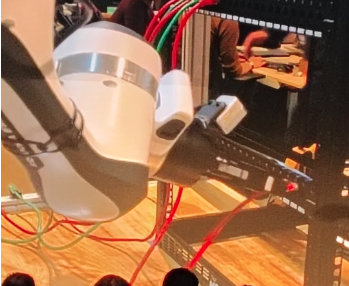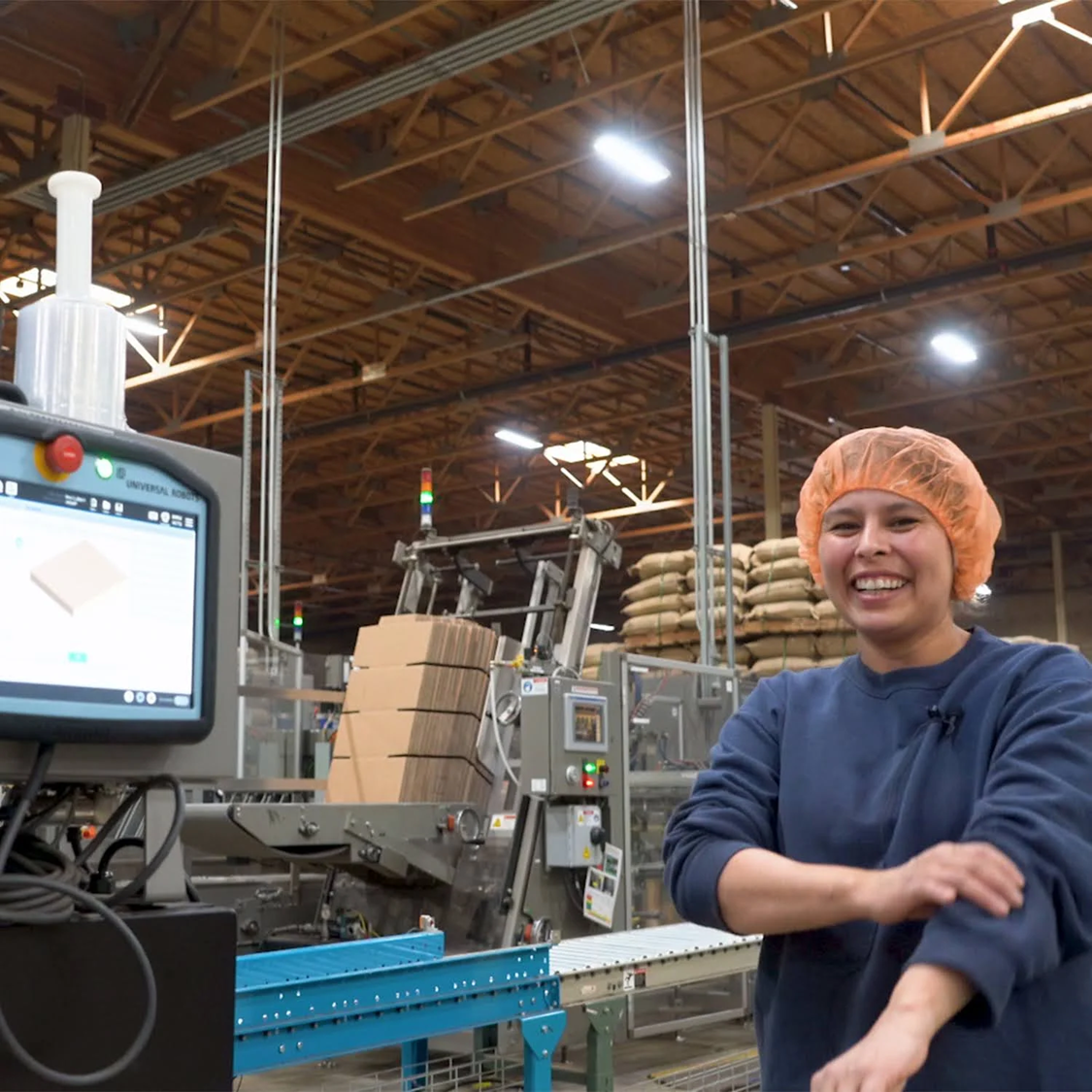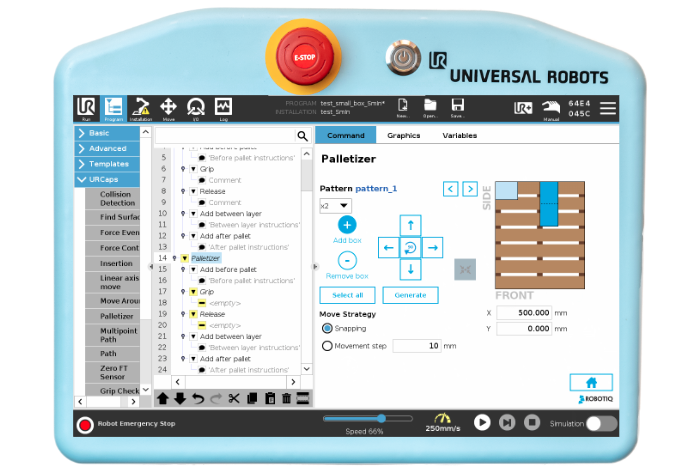Potato chips and payback: How one manufacturer turned uncertainty into a 16-month ROI

Economic uncertainty, rising tariffs, and ongoing labor challenges are making it harder than ever for food manufacturers to plan their next move. But one Canadian potato chip maker found a way to boost productivity, reduce costs, and maintain flexibility—all without hiring a single additional worker.
A crunch-time decision that paid off fast
When this 100-employee snack food manufacturer first reached out to us, they weren’t robotics experts. They just knew something had to change. Their production lines needed revamping, maintenance was becoming a headache, and they were feeling the pressure to stay competitive in a tough market.
What started as a single automated palletizer project quickly became a strategic investment. Using our ROI calculator and a detailed needs assessment, the company projected an 18-month payback. The real result? Just 16 months. That’s when they ordered their second palletizer.
And they’re not alone. More and more food manufacturers are realizing that automation doesn’t have to be complicated—or risky—to deliver real value.

Why the ROI beat expectations
Many manufacturers calculate ROI based solely on headcount savings. But this customer quickly discovered added benefits they hadn’t planned for:
- Lower overhead from reduced manual handling
- More consistent production output
- Easier maintenance, even with seasoning lines nearby
- Reduced training time thanks to intuitive, easy-to-use robotics
What’s more, they didn’t have to pause other initiatives to make automation work. Despite also investing in a new facility, they still managed to successfully roll out the palletizing system without disrupting production.
Flexibility that grows with you
A key reason for their second purchase? Flexibility.
Rather than locking them into a rigid layout, the palletizing system allowed them to reorganize four lines without major costs. They now have two automated cells that can evolve with their needs over time—helping them build momentum without losing agility.

A word to fellow food manufacturers
As I always say, “Start somewhere. Even in uncertain times, investing in automation doesn’t have to be disruptive. Done right, it’s a fast path to resilience.”
Food manufacturers across Canada are facing real pressures. But automation isn’t just about surviving—it’s about building a foundation for growth. If you're wondering whether now is the right time, run the numbers yourself. Or better yet, see the full story behind how real customers are making it work.








Leave a comment